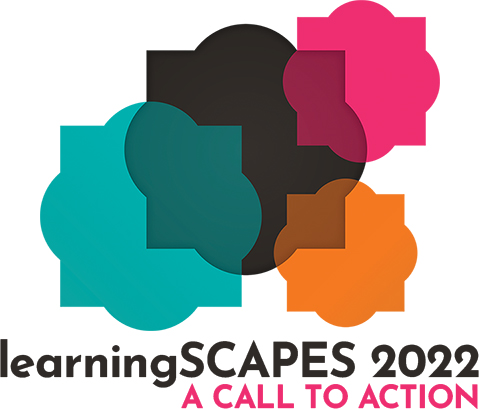 | 1.5 LU |
 | 1.5 LU |
Surveys across the nation have shown significant improvement in engagement scores for students in STEAM programs without explaining why. What if one of the key elements to the success of STEAM programs is actually “just” the brain? The act of physical movement during learning spurs the development of new nerve cells from stem cells in the hippocampus, creating more accessible storage space in your hard drive. Exciting new neuroscience studies demonstrate strong correlations between the core elements of STEAM programs (movement, student choice and collaboration) and brain growth, devolvement and focus. This discussion will explore how the field of educational neuroscience links the brain to STEAM education and how design, furniture and curriculum enhance the learning process. We’ll discuss how we re-imagined, re-designed, and re-opened Sacramento Unified School District’s Washington Elementary School—from being shut down due to declining inner-city enrollment and district-wide budget cuts—to a thriving new STEAM (Science, Technology, Engineering, Art, and Mathematics) school that offers all students a safe sense of place. We’ll highlight specific features—such as built in “cubbies”—that give students a place to nestle quietly and recalibrate. School staff will share how they incorporate the “cubbies” into their lesson plans and talk about the positive behavioral impact they are making. Attendees will leave with a solid understand of how changing these environments can help increase attendance, retain staff, and ultimately provide a financial boost to the district. To conclude, we’ll hear some valuable post occupancy suggestions from Washington school staff on what could have been done better, and how the design could be changed to further help students.
Learning Objectives:

As an Associate and the Director of Educational Environments at Lionakis, Aaron has more than 10 years of interior design experience. His background as a professional anthropologist and interior designer offers a unique perspective on how humans interact with space and environments which informs his design process and outcomes. Aaron is passionate about delivering the most current thought leadership in NextGen learning environments through continuous learning, leading his own research initiatives, and presenting at educational conferences.

Anna is a Licensed Marriage and Family Therapist currently working with the Student Health Clinic at University of California, Santa Cruz where she provides behavioral health consultation and supports efforts towards integrated health care. Additional areas of interest and expertise include anxiety, developmental trauma, PTSD, addressing addiction and other unsafe behaviors, grief and loss, co- dependency, relationship skills and working with individuals who have chronic medical conditions to improve their overall functioning.

John is an educator with nearly 20 years of experience, spending his first 14 years in the classroom, first teaching in Special Education to students with Emotional Disturbance and then to students with moderate disabilities. He moved to CTE as an Arts Media and Entertainment teacher. Teaching both digital media production and animation, establishing a full fledged academy — the Digital Media Academy, serving as department chair for both Special Education and CTE. John moved to administration as a Program Specialist in the College and Career Connections Department in Elk Grove USD. He worked extensively on CTE facility design and equipment installation. He led EGUSD's efforts to construct 9 new CTE facilities, remodel more than 20 classrooms and oversaw the installation of millions of dollars of equipment to support CTE. Currently, John is the Director of Curriculum and Instruction for the Capital College and Career Academy, a new charter school in Sacramento, a school focused on the construction industry and hands-on learning. John is the Maker Education Faculty Coordinator for Sacramento State University and working towards completion of his doctorate at UC Davis.
What evidence is there that design matters? That a particular method of delivery is advantageous? That one product is better than another? What lessons have you learned?
Primary Core Competency
Design of Educational Facilities: Acts as a resource to the design team in providing ongoing guidance and support to ensure that the emerging and ultimate design aligns with the established community vision, education goals, future programming, written design standards, best/next practices and education policy.